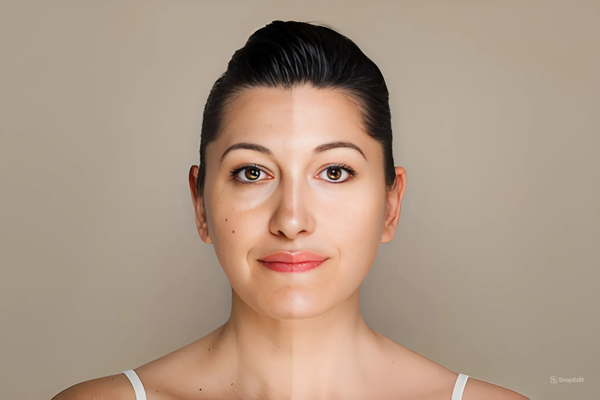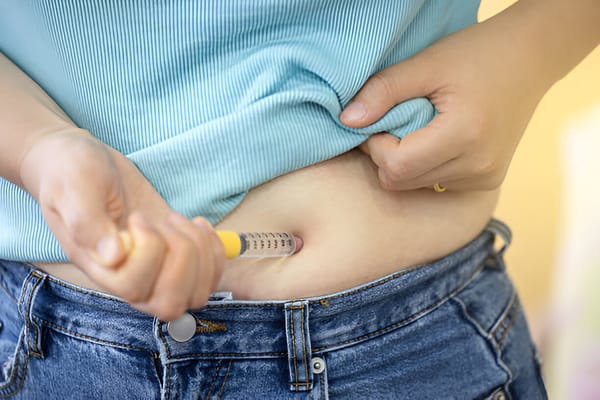VO2 Max and Longevity: The Science of Fitness and Life Expectancy
Discover how improving your VO2 max can add years to your life and enhance your overall health. Learn the best protocols for boosting VO2 max, the link between cardiovascular fitness and longevity, and effective training strategies for maximum health benefits.

What is VO2 Max?
VO2 max, short for maximal oxygen uptake, refers to the highest rate at which your body can consume oxygen during intense exercise. It’s considered one of the most reliable indicators of cardiorespiratory fitness and overall health. Typically expressed in milliliters of oxygen per kilogram of body weight per minute (ml/kg/min), VO2 max helps gauge how efficiently your body uses oxygen during physical activity.
The Link Between Higher VO2 Max and Longevity
Research has uncovered a strong connection between VO2 max levels and life expectancy. On average, a 1 ml/kg/min increase in VO2 max is associated with an additional 45 days of life expectancy. This means improving your VO2 max could potentially add years to your life.
Several key factors contribute to this relationship:
- Improved cardiovascular health
- Better oxygen delivery to vital organs
- Enhanced metabolic function
- Reduced systemic inflammation
- Improved mitochondrial function
- Better brain health and reduced risk of cognitive decline
Longevity Impact of Higher VO2 Max
The impact of higher VO2 max on life expectancy is profound:
- Individuals with a below-average VO2 max who improve to a low-normal level may increase life expectancy by 2.1 years.
- Moving from below-normal to high-normal can result in a 2.9-year increase.
- Raising VO2 max to the upper limit of normal can add nearly 5 years to your life.
The benefits don’t stop there. Those with elite VO2 max levels—within the top 2.3% in fitness tests—see an 80% reduction in mortality risk compared to those in the lowest 25%. High performers (just below elite) still enjoy a 20% lower mortality risk than elite performers.
How VO2 Max is Tested
The gold standard VO2 max test involves specialized equipment that directly measures how much oxygen your body consumes during exercise. However, the Cooper test, where individuals run as far as they can in 12 minutes, offers an easier, field-based estimate of VO2 max. Alternatively, modern fitness trackers from brands like Garmin and Fitbit now estimate VO2 max based on heart rate and movement data during exercise, providing useful insights for tracking improvements.
Training Protocols to Boost VO2 Max
To raise your VO2 max, focus on high-intensity interval training (HIIT). Two protocols proven to be effective include:
- The Norwegian 4x4 Protocol
- 4 minutes of high-intensity exercise (at maximum effort)
- 3 minutes of active recovery
- Repeat 4 times
- 1-Minute On/1-Minute Off Protocol
- 1 minute of intense exercise
- 1 minute of active recovery
- Repeat multiple rounds (based on your fitness level)
These high-intensity bursts significantly improve the amount of oxygen your body can utilize during physical exertion, leading to higher VO2 max levels.
Why Zone 2 Cardio Might Not Be Enough for VO2 Max Improvement
Zone 2 cardio, which involves moderate-intensity, steady-state exercise, is beneficial for endurance and overall health but might not be sufficient to boost VO2 max for everyone. Research, including insights from health experts like Peter Attia, indicates that 40% of people don’t experience improvements in VO2 max through moderate-intensity exercise alone. However, combining zone 2 cardio with HIIT can lead to significant improvements in fitness and oxygen utilization for most individuals.
Safe Implementation of VO2 Max Training
VO2 max training can be physically demanding. If you’re new to high-intensity exercise, it’s essential to consult a healthcare provider or fitness professional before starting a HIIT program. Start gradually to prevent injury and ensure proper form.
Conclusion
Improving your VO2 max through targeted training protocols like the Norwegian 4x4 or 1-minute on/1-minute off intervals can add years to your life. With regular testing—whether through a formal VO2 max test or a fitness tracker—you can monitor your progress and stay motivated. Remember, fitness is a journey. Incorporating HIIT, zone 2 cardio, and consistent assessments into your routine will help you achieve a higher VO2 max and, potentially, a longer, healthier life.
Take the next step toward better cardiovascular fitness and longevity by embracing these strategies and tracking your progress. Adding a few more years to your life through improved VO2 max is well within your reach.
This content reflects the insights from Rhonda Patrick, PhD in Biomedical Science and founder of FoundMyFitness.
Sources
- Strasser B, Burtscher M. Survival of the fittest: VO2max, a key predictor of longevity? Front Biosci (Landmark Ed). 2018 Mar 1;23(8):1505-1516. doi: 10.2741/4657. PMID: 29293447.
- Lee, J., & Zhang, X. (2021). Physiological determinants of VO2max and the methods to evaluate it: A critical review. Science & Sports, 36(4), 259-271. https://doi.org/10.1016/j.scispo.2020.11.006
- Clausen JSR, Marott JL, Holtermann A, Gyntelberg F, Jensen MT. Midlife Cardiorespiratory Fitness and the Long-Term Risk of Mortality: 46 Years of Follow-Up. J Am Coll Cardiol. 2018 Aug 28;72(9):987-995. doi: 10.1016/j.jacc.2018.06.045. PMID: 30139444.
- Importance of Assessing Cardiorespiratory Fitness in Clinical Practice: A Case for Fitness as a Clinical Vital Sign: A Scientific Statement From the American Heart Association: Circulation Volume 134, Number 24 https://doi.org/10.1161/CIR.00000000000004
- Mandsager, K (Mandsager, Kyle) ; Harb, S (Harb, Serge) ; Cremer, P (Cremer, Paul) ; Phelan, D (Phelan, Dermot) ; Nissen, SE (Nissen, Steven E.) ; Jaber, W (Jaber, Wael). Association of Cardiorespiratory Fitness With Long-term Mortality Among Adults Undergoing Exercise Treadmill Testing: Volume1 Issue 6 DOI: 10.1001/jamanetworkopen.2018.3605
- Robert Ross, Jonathan Myers. Cardiorespiratory Fitness and Its Place in Medicine. Rev. Cardiovasc. Med. 2023, 24(1), 14. https://doi.org/10.31083/j.rcm2401014





